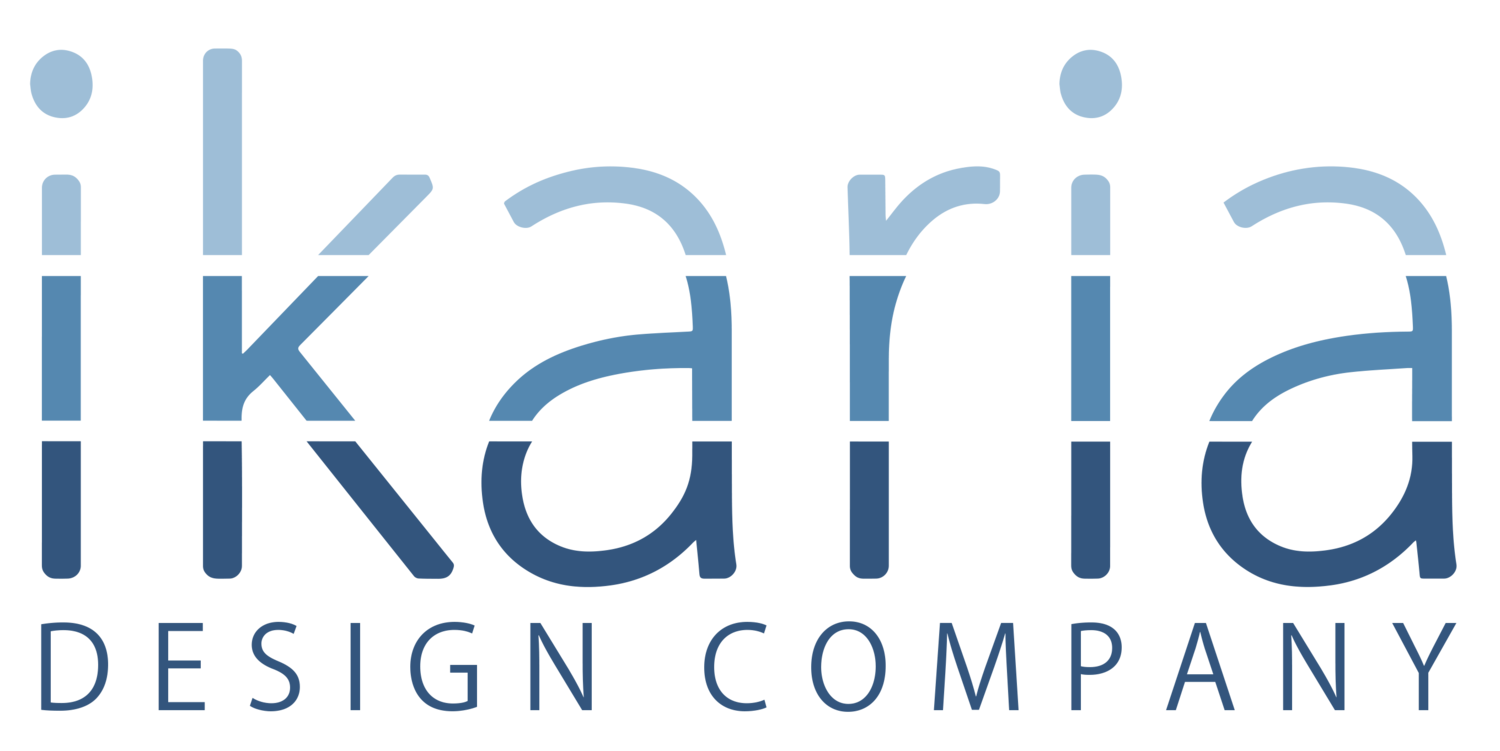What to Do With a Brand Gone Rogue
Last week, I just barely avoided an accident on Route 63. I was driving back from a noisy but peaceful protest in our state capital, Jefferson City, MO. There had been lots of hand-crafted signs questioning the anointing of Elon Musk to Vice Presidential status. I was just a mile or two out of Jefferson City, following safely behind a farmer in his pickup pulling a trailer when, ironically, a Tesla driver zoomed past me at about 80 miles an hour. With a “move fast and break things” style, he veered in front of the farmer. I barely had time to change lanes after the farmer slammed on his brakes. A second later I was veering further off the road to avoid being hit by the truck, who was desperate not to rear-end the Tesla.
A little further down the road, and a little calmer, I encountered the farmer at the same gas station I had stopped at just outside Ashland, MO. He confirmed that what I saw was what I saw, and what kind of arrogance drives like that? The farmer also explained why I didn’t see the Tesla after that. “After he slammed on his brakes in front of me, he took a sharp right off the road. I think he’d seen the highway patrol car up the hill.”
Each time I encounter the Tesla brand, I’ve got a new reason to be emotionally triggered. But I would like to share with you how we’ve applied Design Thinking to this situation to give us all (including Tesla owners themselves) more choices. You’ll find one of the answers we came up with in a PDF you are welcome to print out and use. Over the past few days, each time I’ve passed a parked Tesla, rather than act on some of the worst impulses that come to mind, I can acknowledge them and choose a more constructive act, because I have a pro-social alternative.
At Ikaria Design, we take design thinking very seriously. For us, Design Thinking is a tool we pull out of our kit bag in all sorts of situations, not just during product design. Design Thinking comes in handy when scheduling our supply chain. It came in handy when planning maternity leave for a key employee. And it’s a very useful tool particularly when confronting an emotional trigger.
We decided (as an exercise in personal mental health) that we would choose to assume the best of each Tesla owner. Perhaps they bought their Tesla at a time when they took Musk at his word. They believed that he had the best of intentions about ushering in a climate-friendly economy. Now, the brand that they invested so much in has gone rogue. Suddenly, they are no longer signaling a bright future as they drive around town. Now, their beloved car is signaling anti-human toxicity. What to do?
We’ve developed a flyer (get free pdf here) that I place on the windshield of every parked Tesla I encounter. The front side acknowledges the predicament the Tesla owner is in with a QR code linking to some cool anti-Musk bumper stickers. On the flip side are organizations that the owner can contribute to who are working to counter Musk’s current agenda. We encourage you to print this flyer out and join us in helping the Tesla owners in your community find a way to contribute and counter the triggers they may be unintentionally causing.
A key tenant of behavioral change is to design the systems around you to evoke the behaviors you seek. You don’t rely on fickle willpower. This is why we’ve committed to the community of B Corporations so you don’t have to simply hope our CEO doesn’t go rogue. You’ll be proud to hand your Soul Seat off to the next generation as both a tool and a signal of sustainable health and focus.
Email us if you are interested in learning more about the application of Design Thinking. It was instrumental in the design of the original Soul Seat, and we love talking about it. As you are coming up with creative responses to our globe’s slide into autocracy, please share them with us. Help us demonstrate that business can be a force for good.
Enter your email below to download a copy of the PDF and start passing them around to Tesla owners in your neighborhood!

